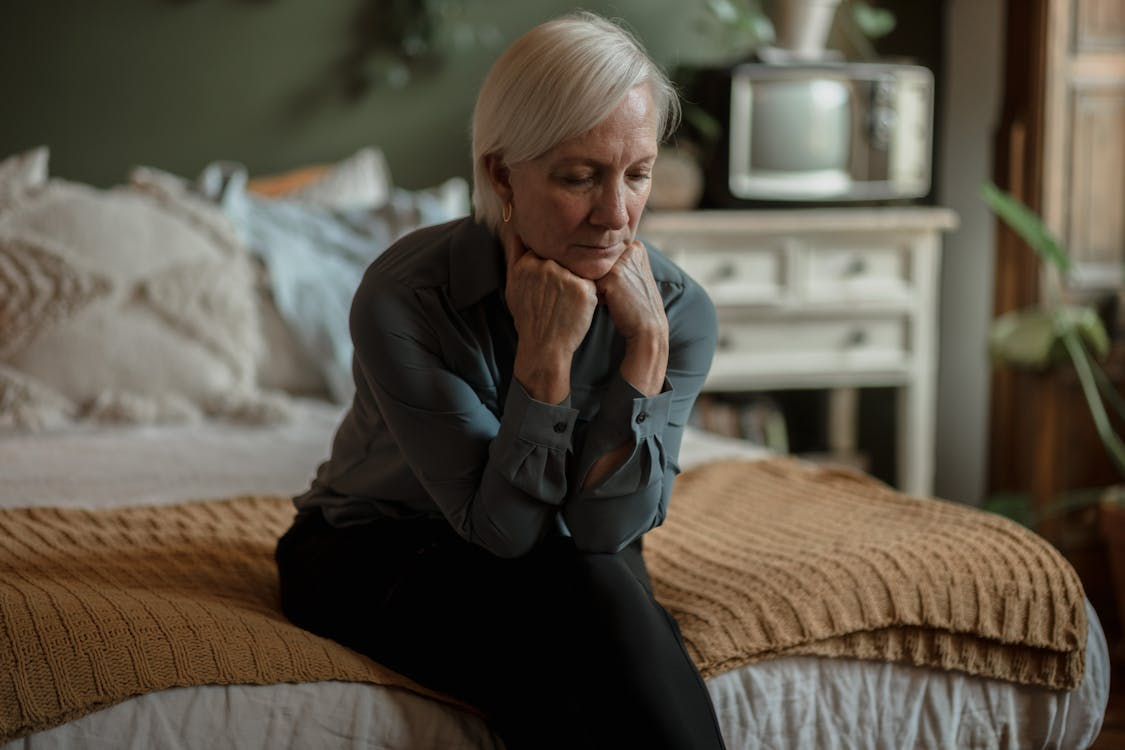
When Margaret from Brisbane opened her superannuation statement last month, the figure on the page left her shaken. At 60 years old and with decades of work behind her, she had just over $200,000 tucked away. It was enough for a modest lifestyle if she owned her home—but fell far short of the $595,000 experts suggested was needed for comfort.
Margaret’s story reflected the reality facing many Australian women. For years, women had been retiring with significantly less superannuation than men, leaving them vulnerable to financial hardship in later life. Researchers warned that the gap left millions facing a potential $95,000 shortfall, threatening to push them into poverty during what should have been their golden years.
Yet, despite the worrying statistics, there were signs of change.
The numbers behind the headlines
According to the latest Status of Women Report Card, the gender super gap narrowed from 24.6 per cent in 2014–15 to 21.3 per cent in 2021–22. While progress was slow, it still meant women retired with around 25 per cent less super than men, or $50,000 less on average.
In some cases, the picture looked brighter. Women with self-managed super funds had balances that reached 87.4 per cent of men’s in FY25, with the gender gap shrinking from $133,750 to $126,422.
'Without urgent action, generations of Australia's lowest-paid women risk poverty in retirement.'
The disparities became most striking as retirement loomed. Men aged 60 to 64 held a median balance of $204,107, compared to just $146,900 for women—a 28 per cent gap that highlighted how much harder it was for women to secure financial independence in retirement.
Why life hit women’s super harder
The reasons behind this imbalance stretched far beyond motherhood, though time out of the workforce to raise children remained significant. Research by Impact Economics and Policy showed later-life challenges were also eroding savings at alarming rates.
Women retired on average at 54.7 years, compared with men at 59.4 years, often because of health struggles or caregiving responsibilities. One in seven women aged 45 to 65 carried the primary care burden, and they were three times more likely than men to do so.
Separation or divorce also cut deeply into retirement security, with many women losing home ownership and then facing rising rental costs that placed them below the poverty line.
The retirement reality by the numbers
Nearly 60% of older female renters live below the poverty line
More than two in five women aged 80+ live in poverty
25% of women aged 60+ live in poverty vs 21% of men
Women are 1.5 times more likely to be forced into early retirement between ages 55-64
The confidence crisis
Beyond the balance sheets, confidence in retirement told a sobering story. Women’s retirement confidence dropped sharply, with the gap between expected and required income to retire comfortably sitting at $1,500 a month, compared to $1,100 for men.
By 2023, 71 per cent of women expected to face a funding shortfall in retirement, up from 62 per cent the year before. Just 22 per cent felt prepared for retirement, compared with 36 per cent of men.
Government steps up with new support
Change was on the horizon. From 1 July 2025, government paid parental leave would include superannuation contributions, adding 12 per cent to eligible parents’ funds.
Experts believed this reform would be particularly significant for women aged 35 to 44—the age group with the largest gender super gap at 23.4 per cent in some fund types.
Strategies for catching up
Financial planners stressed that it was never too late to take action, especially for women in their 50s and 60s.
Making catch-up contributions allowed individuals under 67 to top up using their non-concessional cap if they had the means. Salary sacrifice arrangements, especially common in female-dominated industries, provided another avenue for growth.
Reviewing investment strategies and consolidating multiple accounts could also help reduce fees and maximise long-term returns within super.
What this meant for retirement
The super gap remained a pressing issue, but improvements showed change was possible. For women approaching retirement, the final decade before leaving the workforce often determined whether they lived comfortably or struggled to get by.
Experts urged women not to be discouraged by the statistics. Even small additional contributions, made consistently, could compound into meaningful results over time. With new government measures and catch-up options available, women had more tools than ever to build a more secure future.
What This Means For You
The gender super gap had narrowed in recent years, but it still left many at risk of financial insecurity once they stopped working. Later-life challenges such as caregiving, health struggles, and divorce continued to eat away at savings, often leaving retirement balances far lower than expected.
Confidence in retirement also declined sharply, with most people anticipating shortfalls that could make day-to-day life a struggle. While government reforms and strategic contributions offered new ways to catch up, the reality was clear—without action, the gap between what you had and what you needed could grow wider with every passing year.
Taking steps now, even small ones, could be the difference between comfort and hardship in the years ahead.
For many people, boosting super before retirement isn’t just about adding contributions—it’s also about deciding how to manage those funds effectively.
One option that often comes up is taking full control through a self-managed fund, but this path comes with both opportunities and challenges.
If you’ve ever wondered whether the DIY approach to super is worth considering, here’s a closer look at the potential benefits and risks.
Read more: DIY Super in Retirement: Golden Opportunity or Stressful Burden?
Retirement crisis facing millions of workers as $95,000 superannuation gap revealed — Yahoo Finance reports that millions risk poverty in retirement due to a $95,000 super shortfall, particularly impacting women.
https://au.finance.yahoo.com/news/r...00-superannuation-gap-revealed-225830464.html
Status of Women Report Card 2025 | Working for Women — The government’s 2025 report shows women retire earlier and with less super, though the gender gap has narrowed from 24.6% to 21.3%.
https://genderequality.gov.au/status-women-report-cards/2025-report-card
The Super Gender Gap – Susan O'Connor Accounting — Analysis reveals women retire with 25% less super than men, averaging $50,000 less, despite slow progress in closing the gap.
https://susanoconnoraccounting.com.au/the-super-gender-gap/
Here’s the average Australian superannuation balance gender gap in SMSFs — Reports show women’s SMSF balances reached 87.4% of men’s in FY25, with the gap narrowing from $133,750 to $126,422.
https://www.fool.com.au/2025/09/30/...n-superannuation-balance-gender-gap-in-smsfs/
Addressing the gender superannuation gap — KPMG outlines the persistent gender gap, noting median balances for women aged 60–64 are $146,900 compared to $204,107 for men.
https://kpmg.com/au/en/home/insights/2021/08/gender-superannuation-gap.html
Comfortable retirement income gender gap widens — Financial Newswire highlights falling retirement confidence, with women needing $1,500 more a month than expected and 71% anticipating shortfalls.
https://financialnewswire.com.au/superannuation/comfortable-retirement-income-gender-gap-widens/
Do you think the super gap will ever truly close—or will retirement always be harder for some than others?







